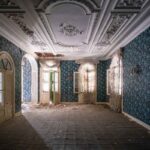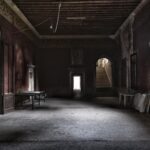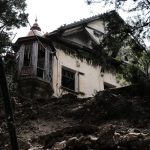The Mombello Asylum has the reputation of being one of the most haunted places in Italy. Today, through its tale we retrace three centuries of Italian history and two world wars.
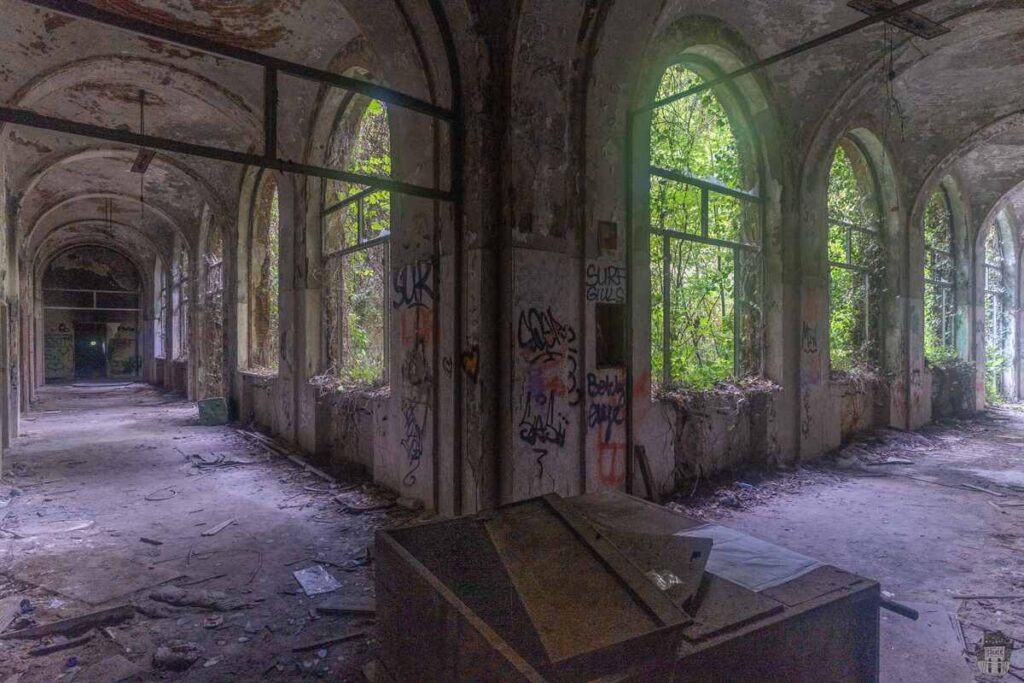
Villa Pusterla Crivelli Arconati: From Splendid Noble Residence to Mombello Asylum
Built-in the 14th century and transformed in the 18th century by Count Giuseppe Angelo Crivelli with the help of architect Francesco Croce, Villa Pusterla Crivelli Arconati symbolised 18th-century Lombard architecture. Surrounded by a magnificent Italian garden, the villa hosted illustrious personalities like Ferdinand IV and Napoleon Bonaparte. The latter chose it as his headquarters in 1797.
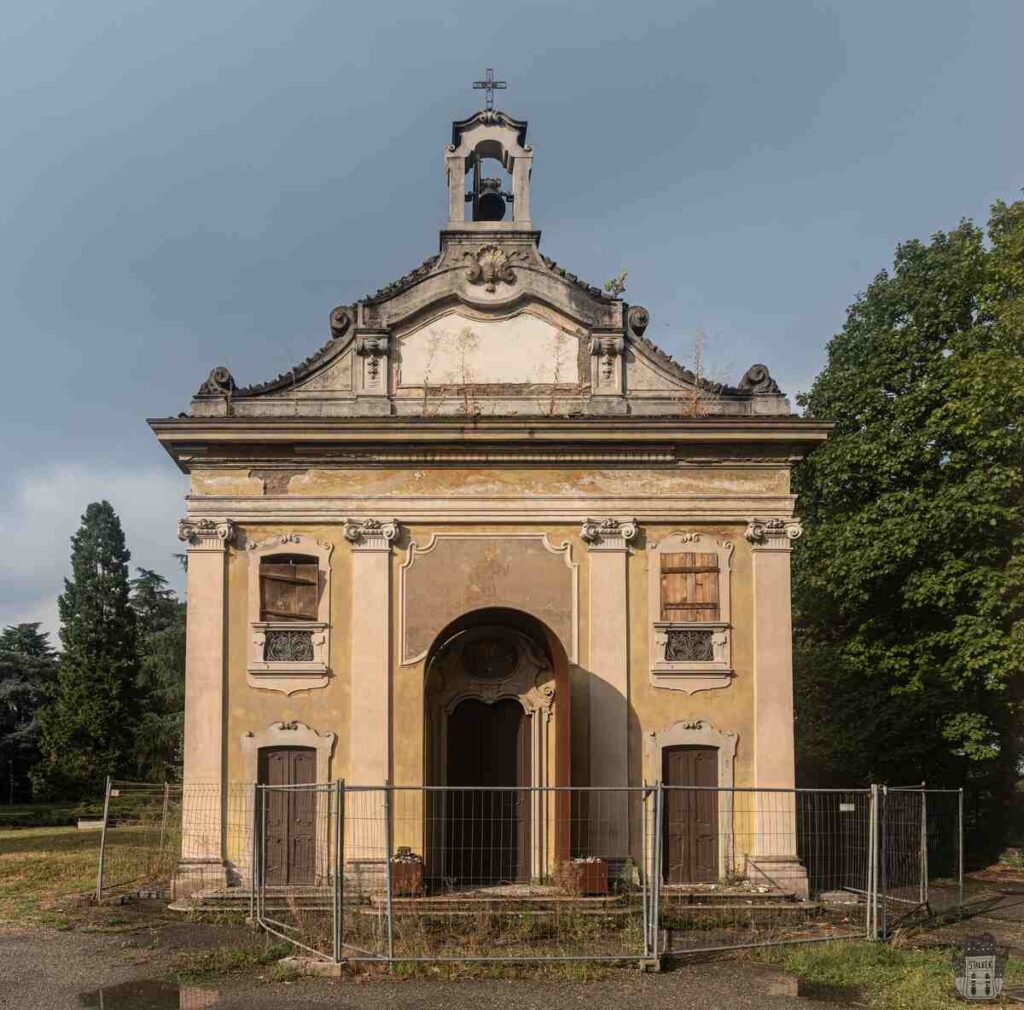
From Noble Fasto to Psychiatric Suffering
The fate of the villa changed radically in the 19th century. In 1863 following a cholera epidemic, the Province of Milan decided to transform the mansion into a psychiatric hospital to cope with the overcrowding of the Senavra, the city’s former asylum. Thus was born the Mombello Asylum, which came to house over 3,000 patients, earning it the title of ‘Colossus of Italian Asylums’. The structure extended far beyond Villa Crivelli, turning into a veritable village with pavilions, green spaces, craft workshops, a bakery and even a private railway.
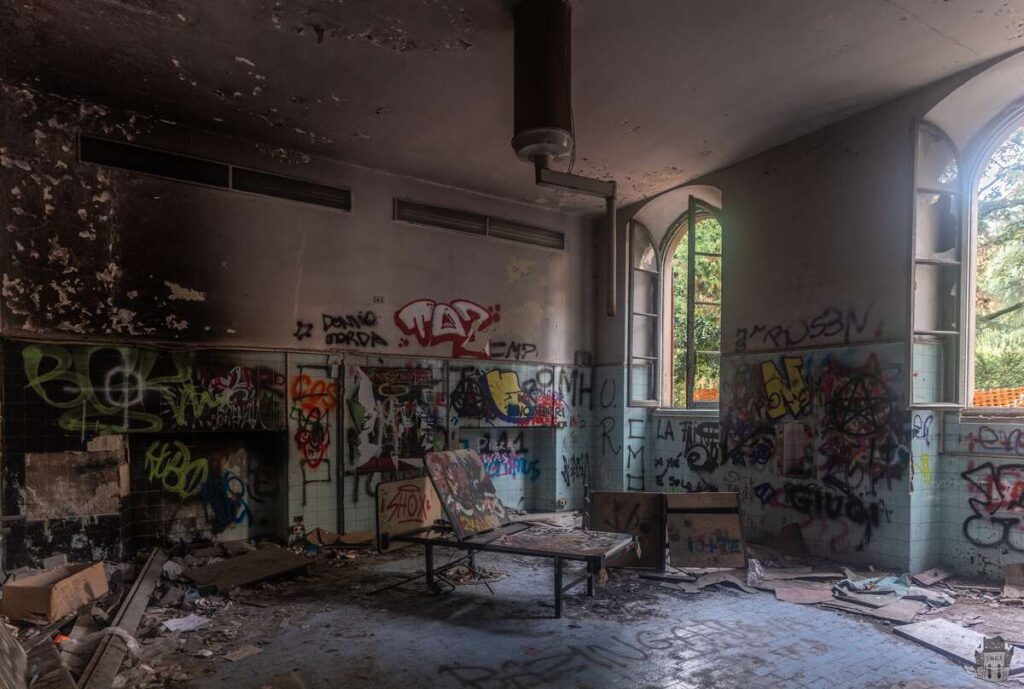
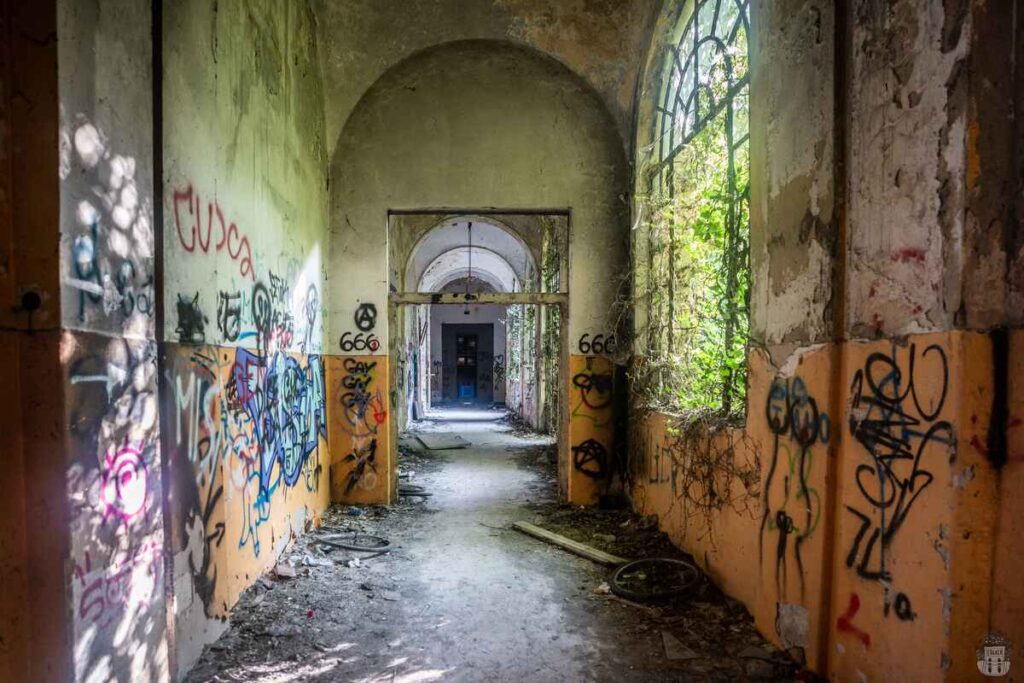
The Dark Years of the Mombello Asylum
Over the decades, Mombello became a symbol of pain and confinement. Patients are divided into ‘quiet’, ‘agitated’, ‘filthy’ and ‘workers’, with only the most dangerous locked up in solitary confinement. Prominent among the famous in-patients is Benito Albino Mussolini, the illegitimate son of the Duce, who died in 1942 after being interned for years due to his inconvenient parentage.
With the arrival of the First World War, the asylum also accommodated soldiers traumatised by the conflict. Its wards housed veterans with severe mental disorders, further worsening its reputation as a place of despair and neglect.
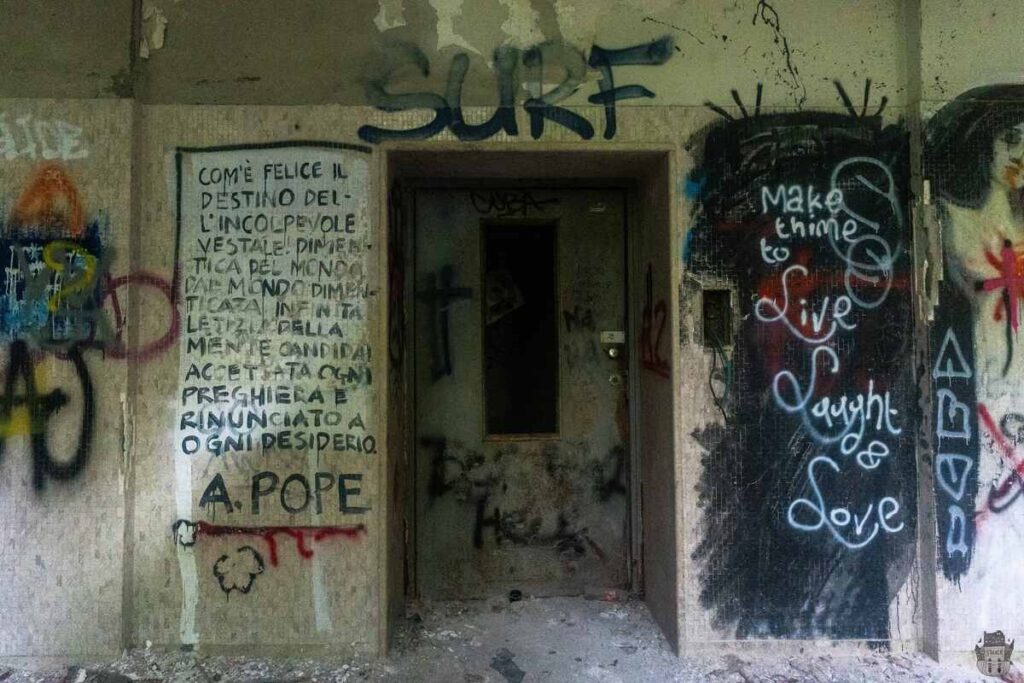
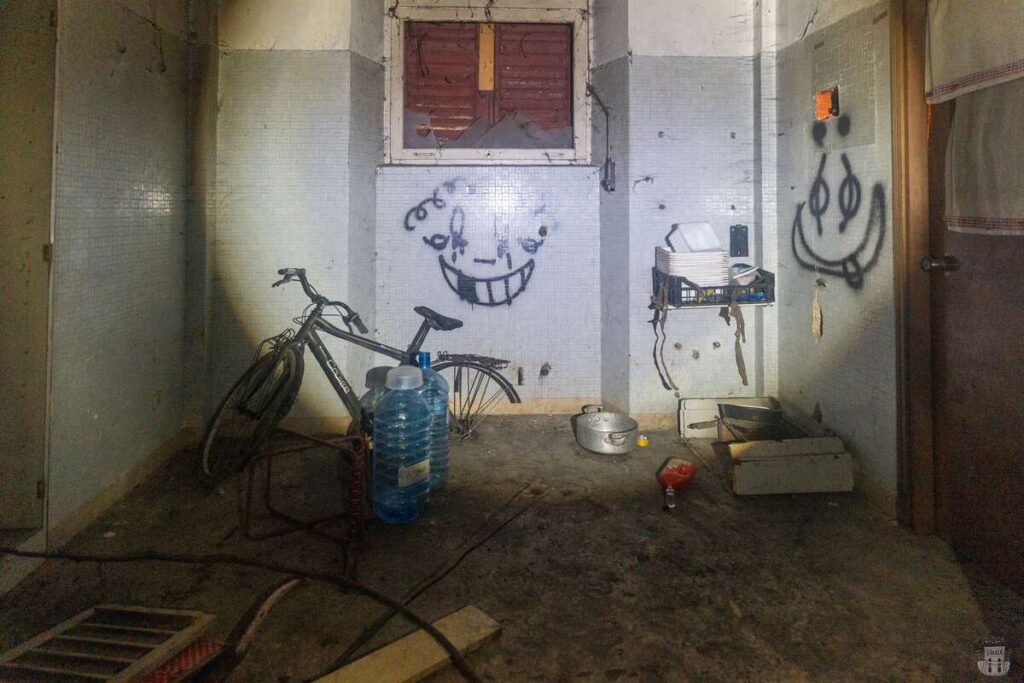
The Decline and Abandonment of the Asylum
With the 1978 Basaglia Law, which led to the closure of psychiatric hospitals, the Mombello asylum was slowly decommissioned and abandoned. Its facilities, once designed to rehabilitate patients through work activities and therapy, became symbols of decay. The complex, covering about one million square metres, now lies in a state of total ruin. The walls have collapsed, the ceilings are ripped open and the rooms have become dustbins.
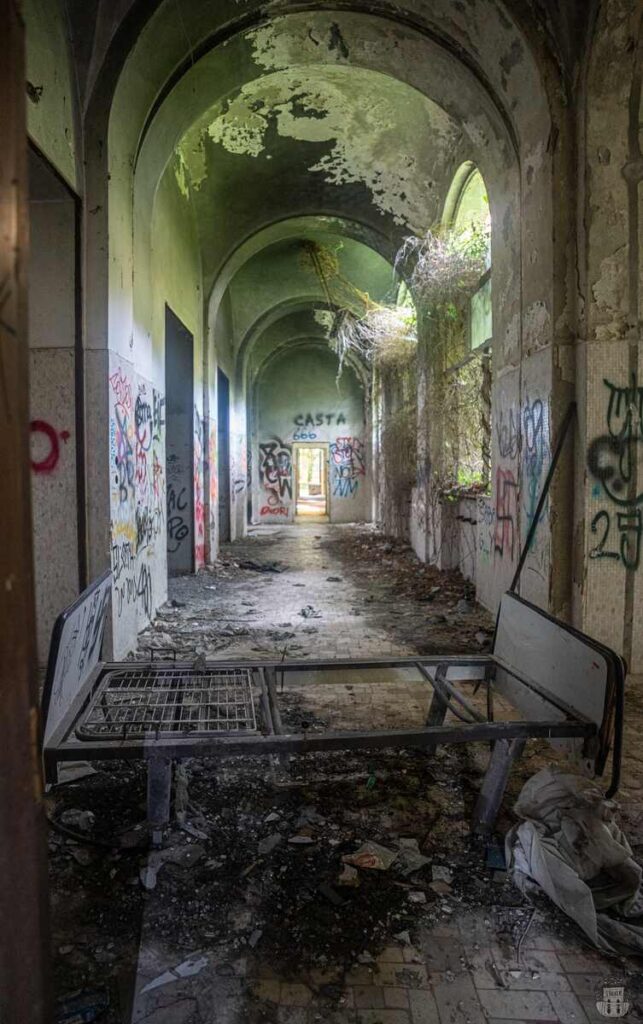
Among the ruined corridors, one can still find medical records, personal belongings, chairs and beds worn out by time. The sudden and rapid abandonment of the facility has created an atmosphere of disorder and chaos, which visits the asylum an emotionally intense experience. Some say they still perceive the suffering that permeated the walls of Mombello.
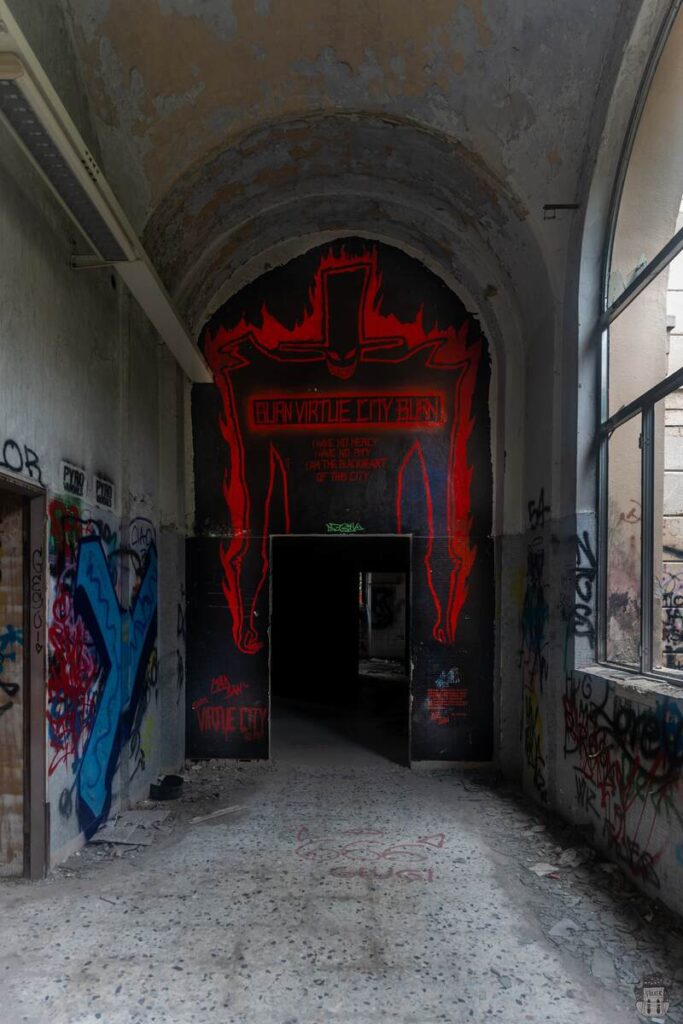
A Place of Memory and Mystery
Despite the danger posed by the degradation of the structure, Mombello has become a destination for urbex enthusiasts, the curious and even filmmakers. Among the best-known sets is that of the film ‘7 Days 7 Girls’ by director Luciani Silighini, which in 2017 saw Johnny Depp walking among the dilapidated pavilions. Today, Mombello is considered one of the ten scariest places in the world, and anyone who wanders into its corridors feels an eerie feeling, fuelled by stories of alleged apparitions and strange presences.
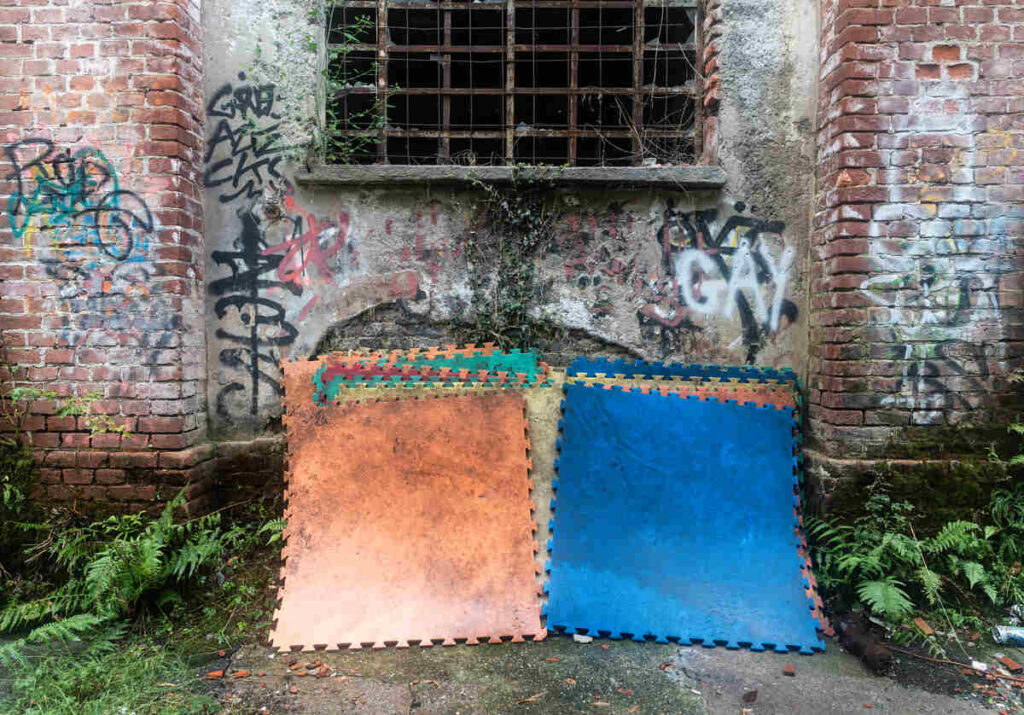
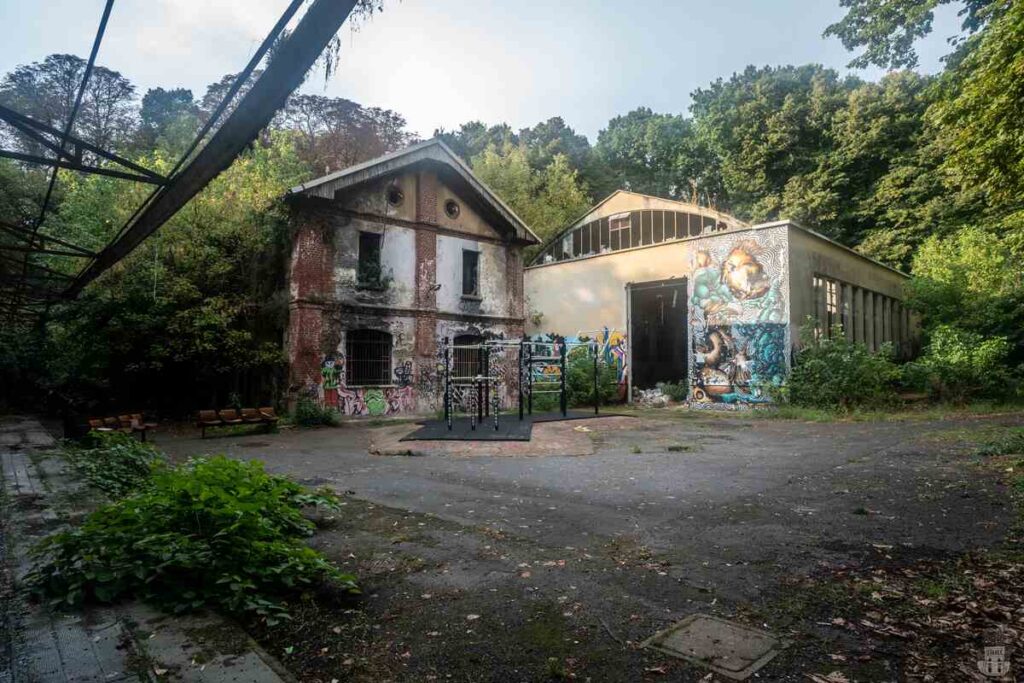
One of the most famous legends surrounding the asylum concerns the dungeons: kilometres of tunnels where it is said experiments were conducted on patients. It is said that the bodies of those who did not survive were thrown into a 30-metre-deep pit, making Mombello’s story even more disturbing.
In 2015, four young boys who had arrived on purpose from Brescia got lost in the tunnels, requiring the intervention of the Carabinieri to recover them.
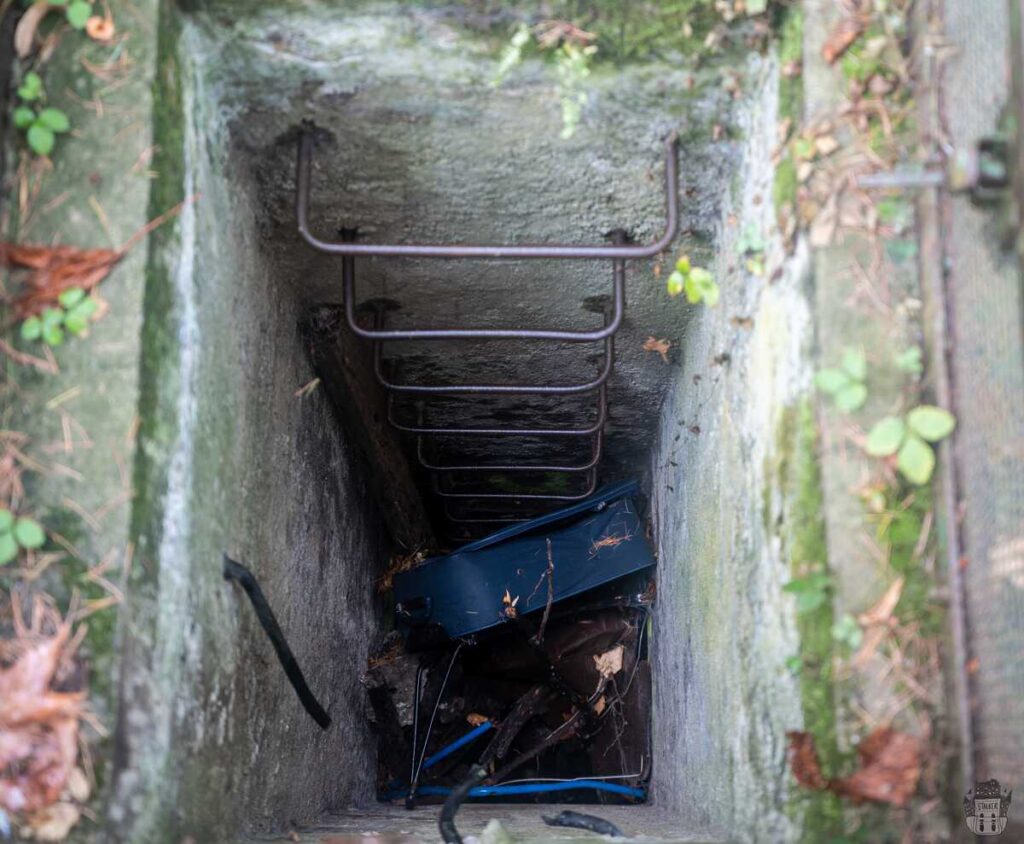
An Uncertain Future for Mombello
In recent years, various proposals for redevelopment have been put forward, but without finding a real solution. The Region of Lombardy has hypothesised the transformation of two pavilions into Residences for the Execution of Security Measures (REMS), intended for criminals who are incapable of understanding.
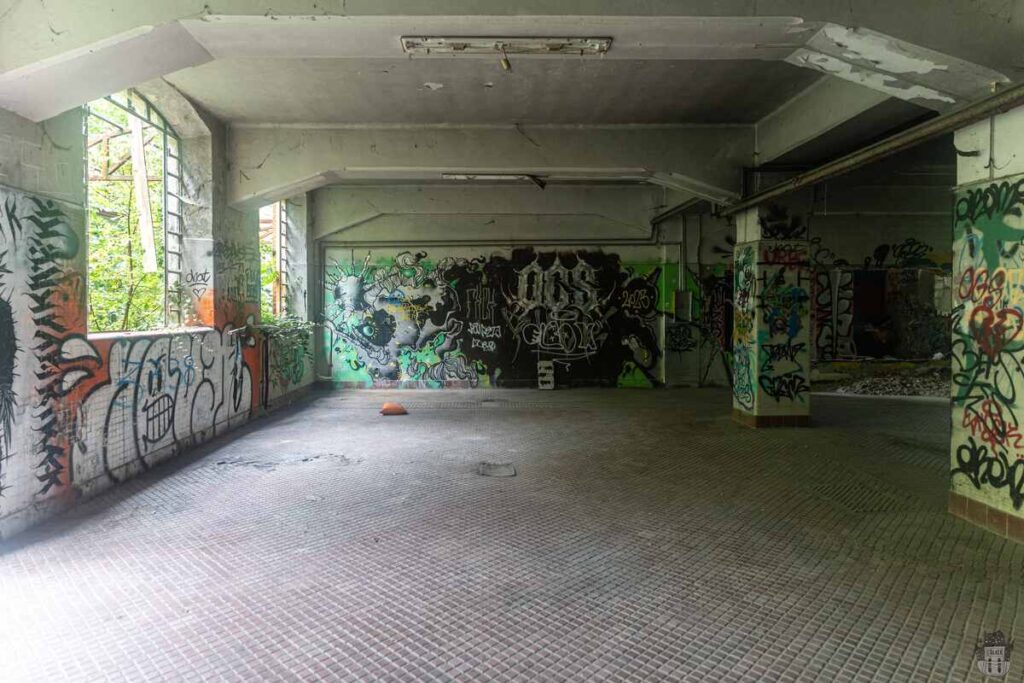
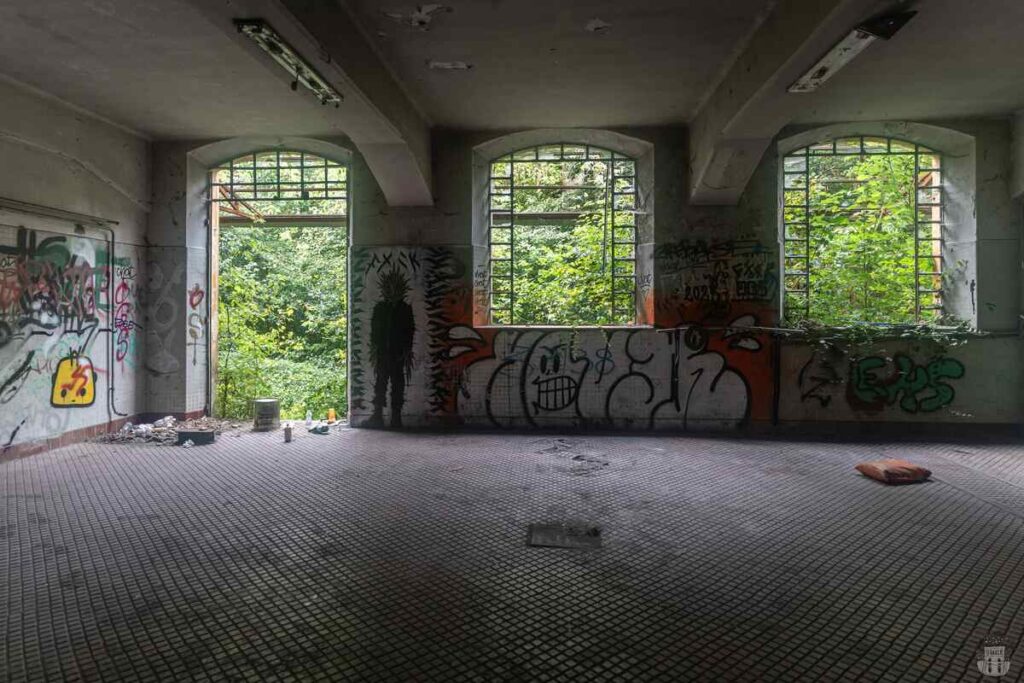
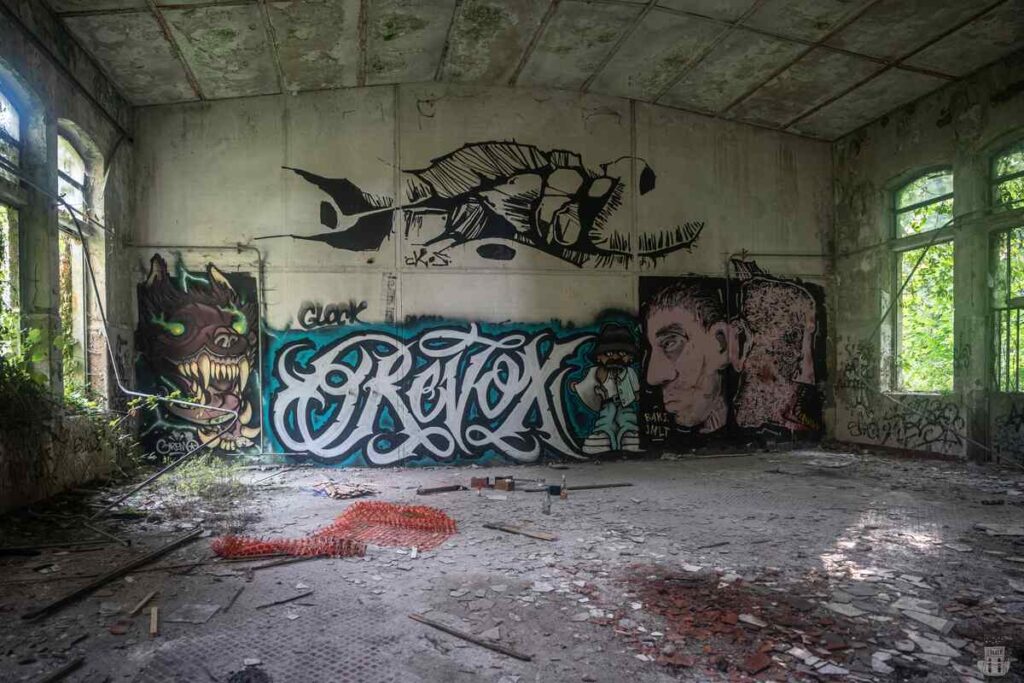
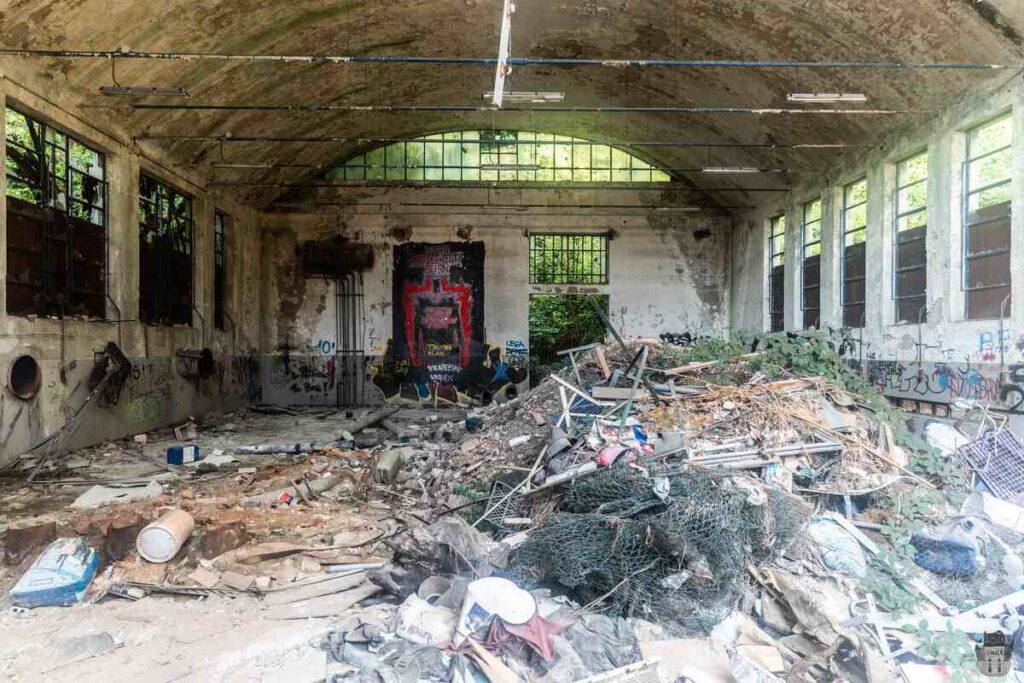
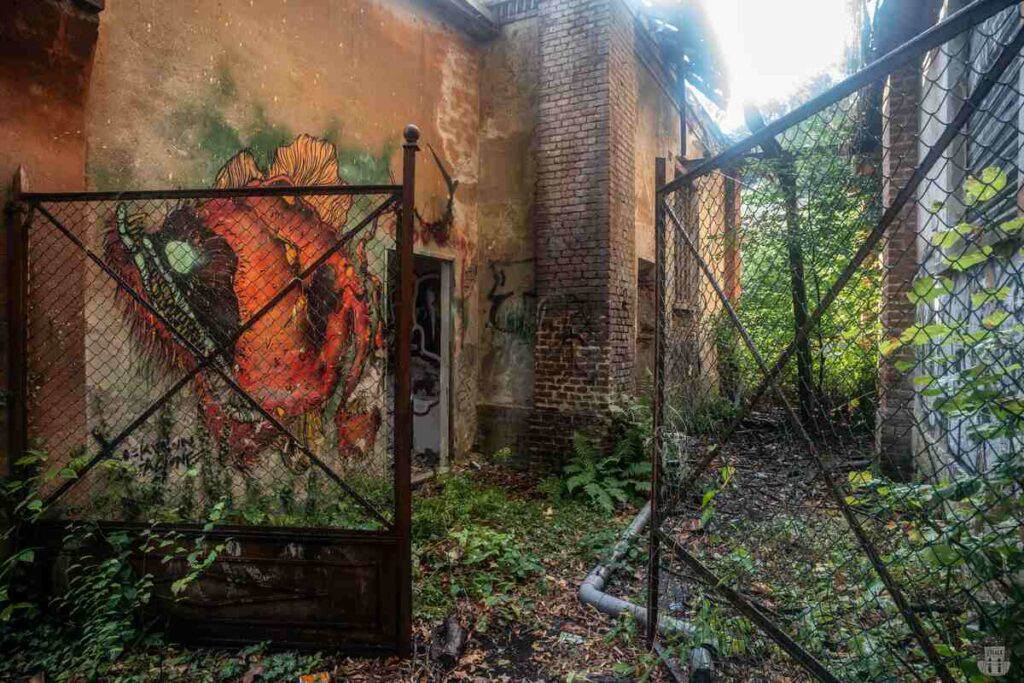
Urbex position:


